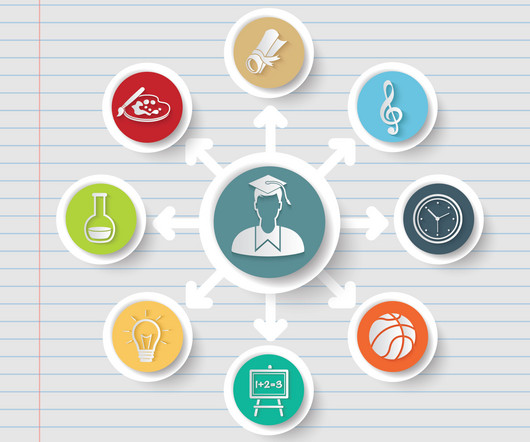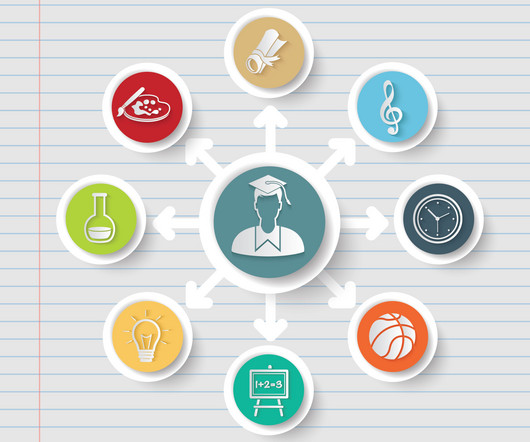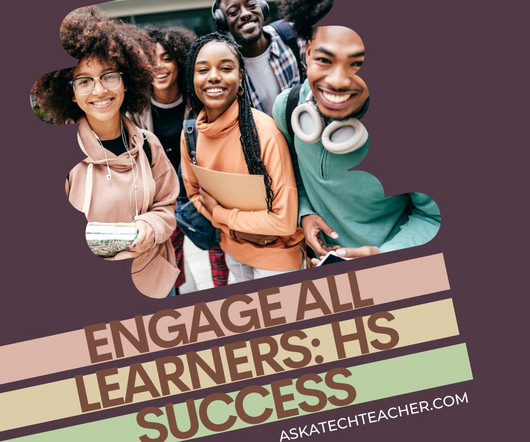Integrating Systems Thinking to Enhance Liberal Arts Curriculum through Learner-Centered Teaching
Faculty Focus
JUNE 22, 2025
However, in an increasingly complex and interconnected world, there is a growing need to enhance this traditional model with innovative teaching methods (Barker, 2000). Systems thinking complements interdisciplinary learning. Systems thinking provides tools to evaluate the reliability and relevance of data.
















Let's personalize your content